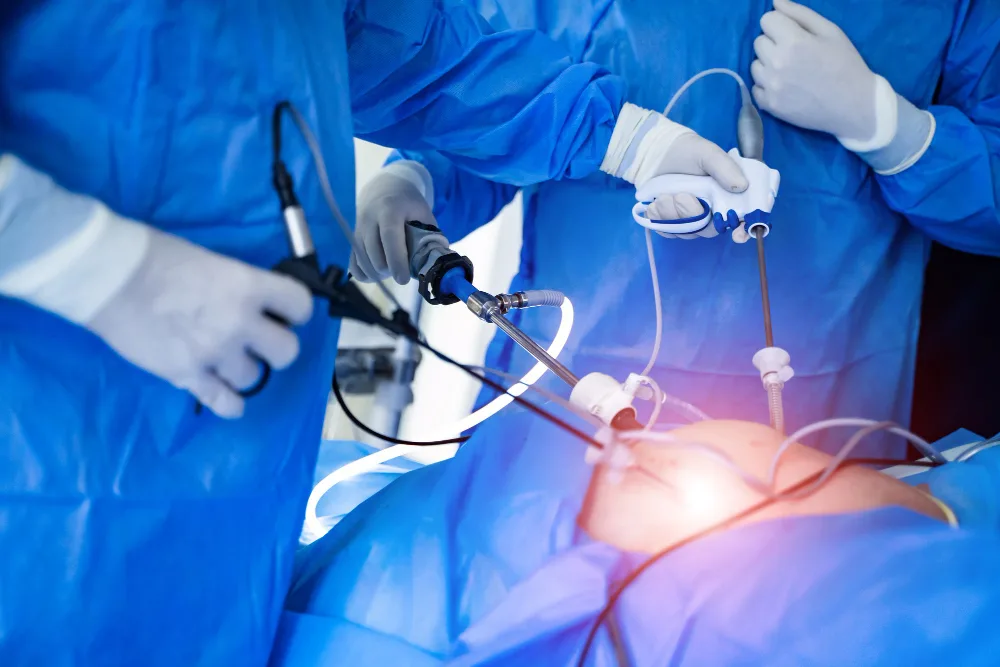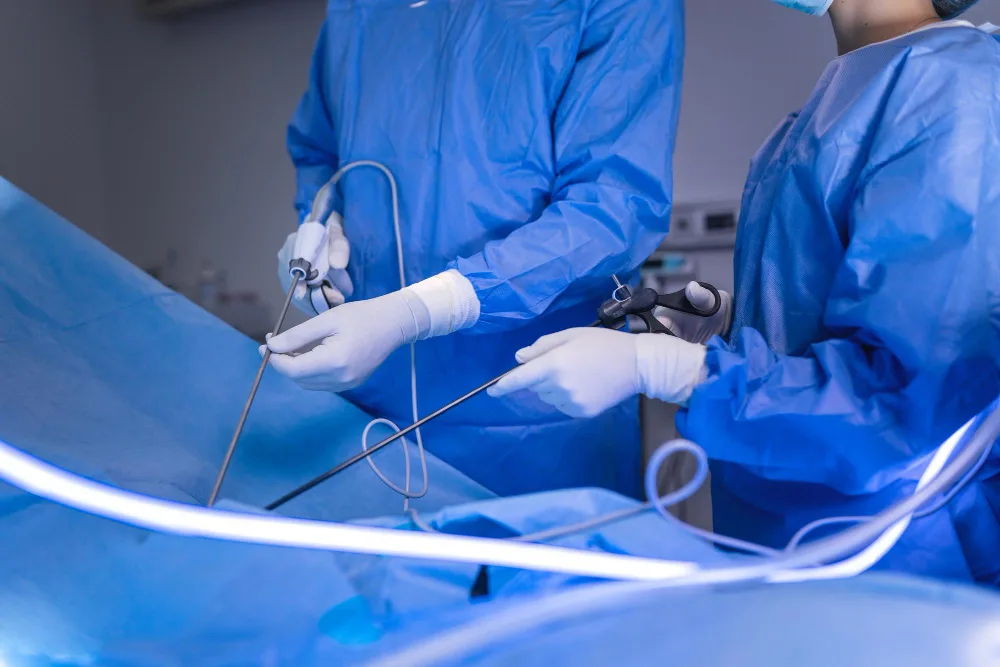DIAGNOSTIC LAPAROSCOPY
What is Diagnostic Laparoscopy?
Diagnostic laparoscopy is a minimally invasive surgical procedure used to examine the organs inside the abdomen and pelvis. It involves making a small incision through which a laparoscope (a thin tube with a camera and light) is inserted to provide a clear view of internal structures. This procedure helps doctors identify the cause of unexplained pain, infertility, or other symptoms when non-invasive tests like ultrasounds or scans are inconclusive.

Diagnostic Laparoscopy Treatment In Kenya
Diagnostic Laparoscopy Treatment
While diagnostic laparoscopy is primarily used to observe and diagnose, it can also allow immediate treatment of detected conditions during the same procedure. Depending on the findings, the surgeon may:
Remove adhesions (scar tissue)
Treat endometriosis
Drain cysts or abscesses
Take biopsies for laboratory analysis
Inspect or repair reproductive organs
Recovery is typically quick, with patients often going home the same day.

Symptoms That May Lead to Diagnostic Laparoscopy
Patients may be recommended for diagnostic laparoscopy if they present with:
Unexplained pelvic or abdominal pain
Chronic pelvic pain
Infertility
Suspected endometriosis
Unusual menstrual bleeding
Abdominal masses or swelling
Pelvic inflammatory disease with unclear findings
Safe. Precise. Diagnostic Laparoscopy

Conditions Associated with Diagnostic Laparoscopy
This procedure helps diagnose or confirm conditions such as:
Endometriosis
Ovarian cysts or tumors
Uterine fibroids
Pelvic adhesions
Ectopic pregnancy
Appendicitis
Liver or abdominal cancers
Tubal blockage or damage (in fertility cases)
How Diagnostic Laparoscopy is Performed
Conducted under general anesthesia
A small incision is made near the belly button
Carbon dioxide gas is used to inflate the abdomen for better visibility
A laparoscope is inserted to inspect the organs
Additional small incisions may be made for tools if a treatment is needed
Procedure usually takes 30 to 90 minutes, depending on complexity
Risks of Not Undergoing Diagnostic Laparoscopy (When Indicated)
Delaying or avoiding a diagnostic laparoscopy when recommended may lead to:
Missed or delayed diagnosis of serious conditions like endometriosis, cancer, or ectopic pregnancy
Worsening of undiagnosed conditions
Prolonged pain and discomfort
Decreased fertility if reproductive issues go untreated
Complications from untreated infections or organ damage
Lower chances of early intervention and effective treatment
Ready to Take the Next Step?
Whether you have questions, need more information, or are ready to schedule a consultation, our team is just a message away. Let’s talk about how we can support your journey to better health through expert laparoscopic care.
